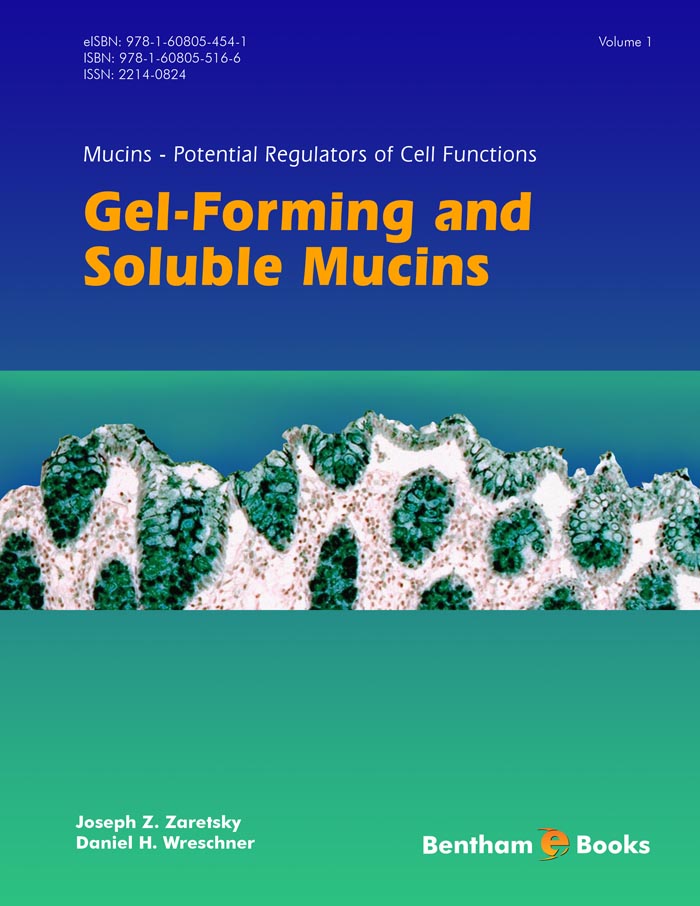Introduction
Mucins are glycoproteins that are expressed in cells of different types and fulfill multiple functions that determine participation of these proteins in such processes as signal transduction, regulation of gene expression, cell proliferation, embryogenesis, cell differentiation, immunity, apoptosis and cancer development. This E-book series on mucins presents critical reviews on modern data concerning structures and functions of mucins, their roles in cell physiology and pathology as well as molecular aspects of therapy of mucin-associated diseases. Mucins are represented by two types of molecules: secreted mucins and membrane-bound (receptor) mucins. This e-book series represents a unique attempt to describe the molecular nature of mucin multifunctionality in separate volumes. Chapters in each volume demonstrate the central role of mucins as connectors and regulators of different signaling pathways and their participation metastatic processes. Clinical aspects of mucins, such as their role as diagnostic markers as well as possible applications in mucin-based immuno- and gene-therapies are also discussed.
This is the first volume of the series. This volume introduces readers to the general properties of mucins, followed by chapters on specific variants of gel-forming and soluble mucins. The volume concludes with information on the functions of secreted mucins.

